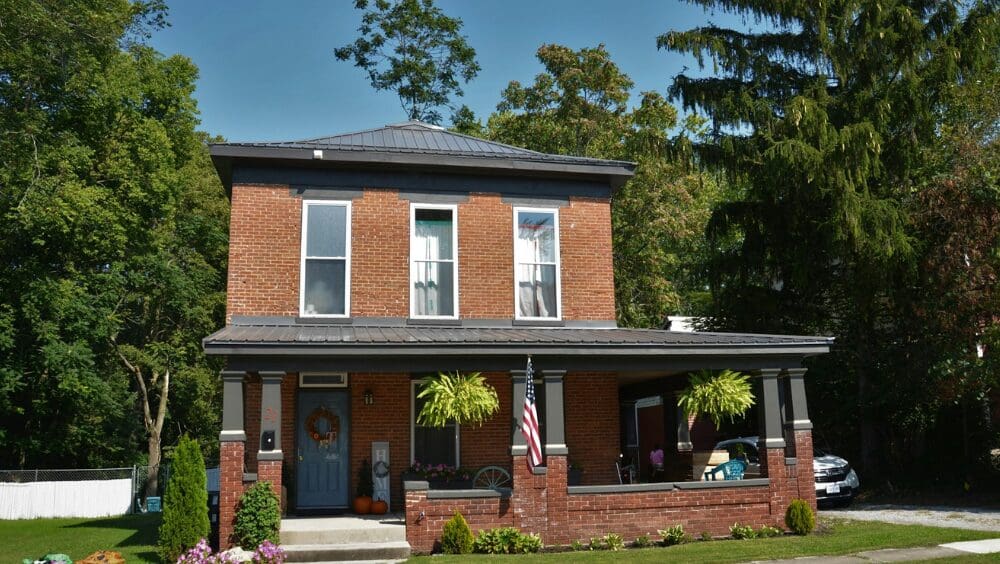
If you’re in the midst of selling your Massachusetts home and on the hunt for your next dream property, you know that synchronizing both deals can be a nerve-wracking puzzle. Especially in a market where inventory is scarce and home prices are high, the balancing act can seem daunting. Are you feeling cornered into selling first, moving out, and then scrambling to find a temporary rental while you search for your next home? A bridge loan might be the lifeline you need, offering a short-term financing solution that lets you purchase your new home even before you’ve handed over the keys to your old one. A bridge loan, in the realm of residential real estate, is your ticket to buying your next home without the agonizing wait for your current one to sell. Imagine it as a temporary financial bridge carrying you from one property to the next. Often referred to as a swing or bridging loan, it eases the transition for homeowners between homes. However, it’s essential to note that a bridge loan can be pricier than your typical mortgage. Why? The lender is taking on a heftier risk. They’re essentially advancing you the equity you’ve accrued in your present home, enabling you to seal the deal on your new residence. Navigating the Massachusetts real estate market often means acting quickly, and a bridge loan could be crucial if you find your dream home before your current one sells. Essentially, the bridge loan uses the equity from your existing home to finance the down payment and closing costs of your new property. In many cases, the lender handling your new mortgage will also provide your bridge loan. But most lenders will expect your current house to be actively listed for sale, and they typically extend the bridge loan for a period ranging from six months to a year. Your financial picture during this time, especially your debt-to-income ratio (DTI), becomes important. Your DTI will factor in your current mortgage, the new one, and any interest-only payments on the bridge loan. But if your old home is already under a solid sales contract, your lender might only consider the mortgage payment on your new Massachusetts home when assessing your loan application. This flexibility helps to ensure you’re not overstretched financially if your previous home takes a little longer to sell than expected. In Massachusetts, a bridge loan can give you a competitive edge and flexibility as a buyer in a tight market. Here are some of the key advantages: These benefits are particularly valuable for Massachusetts buyers who may be short on liquid funds before their home sells, allowing the bridge loan to be settled with the proceeds from their sale. While a bridge loan might seem like a perfect solution to your real estate timing issues, it’s important to weigh the potential downsides before proceeding: Considering these drawbacks is crucial to ensure a bridge loan aligns with your financial situation and real estate goals. A bridge loan can be the key to unlocking your next home purchase under the right circumstances. Here are situations where a bridge loan stands out as a practical solution:What is a bridge loan?
How does a bridge loan work in Massachusetts?
What are the benefits of a bridge loan in Massachusetts?
What are the drawbacks of a bridge loan?
When is a bridge loan a good solution?



